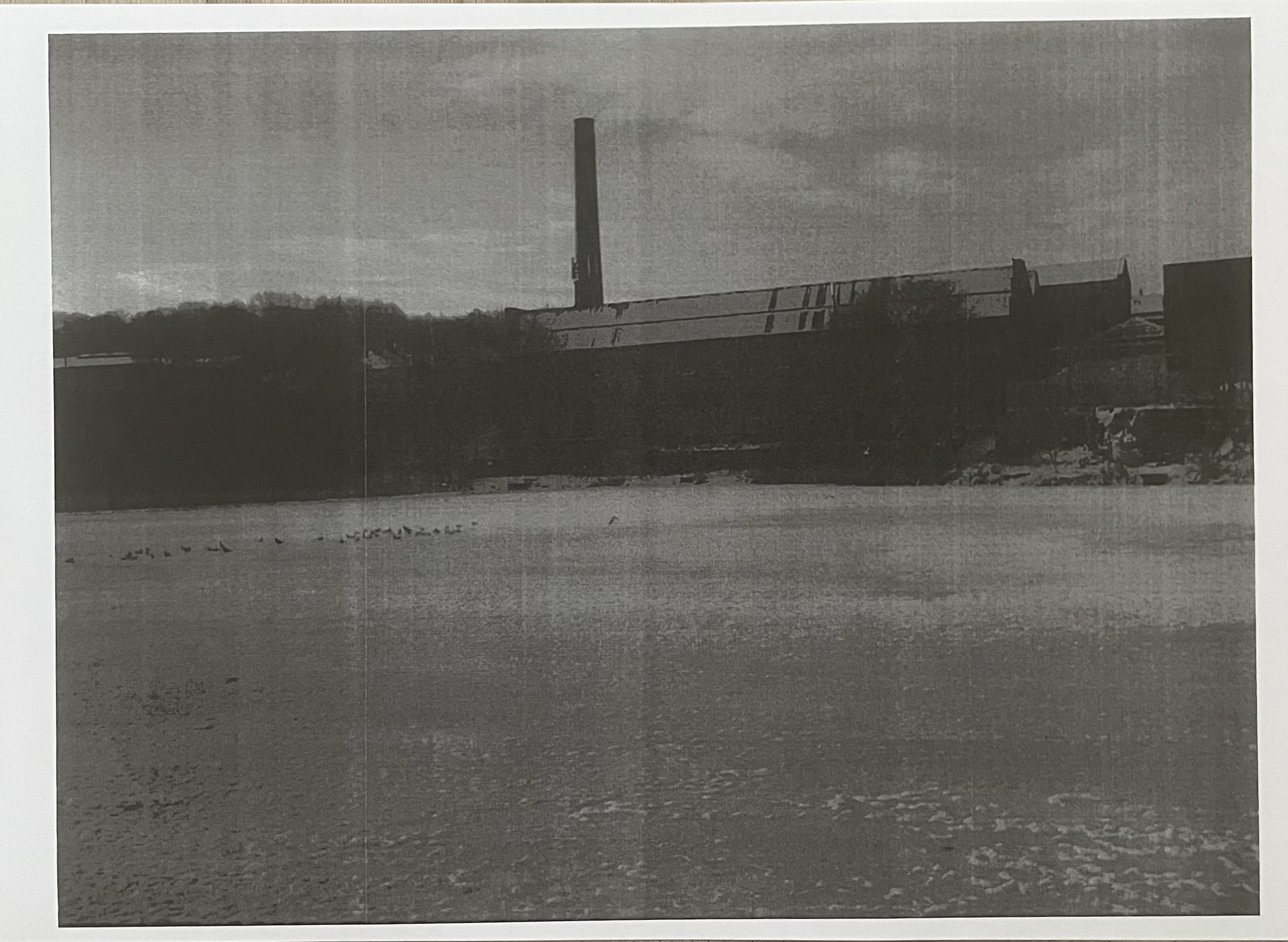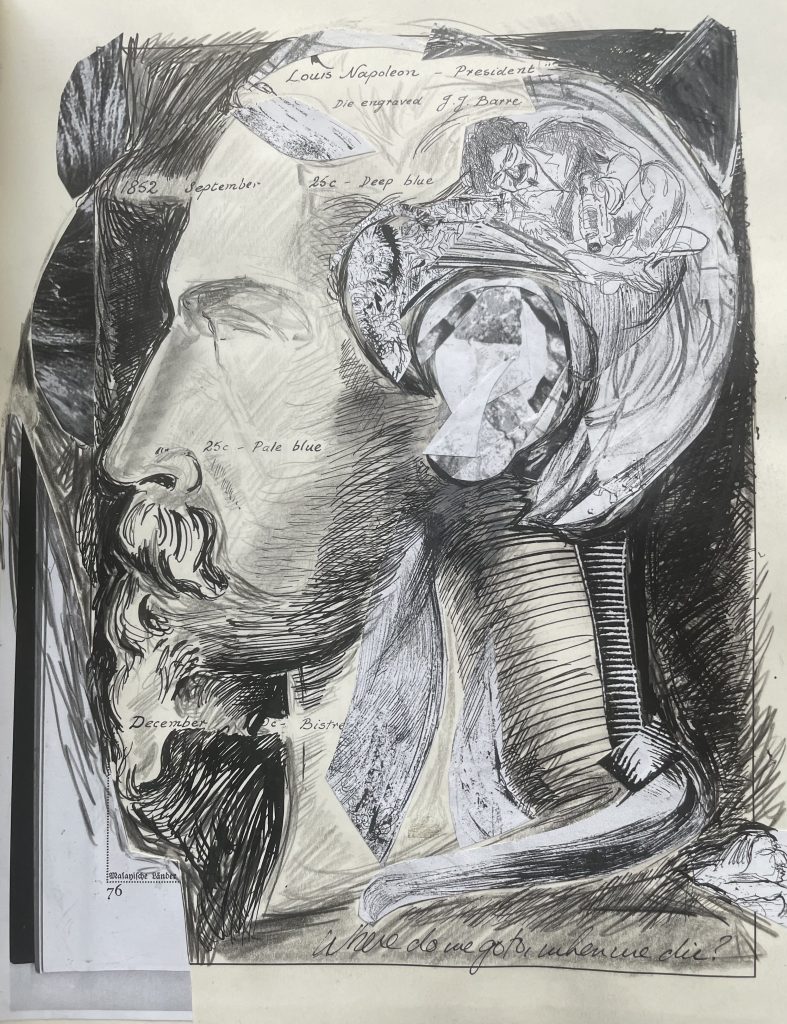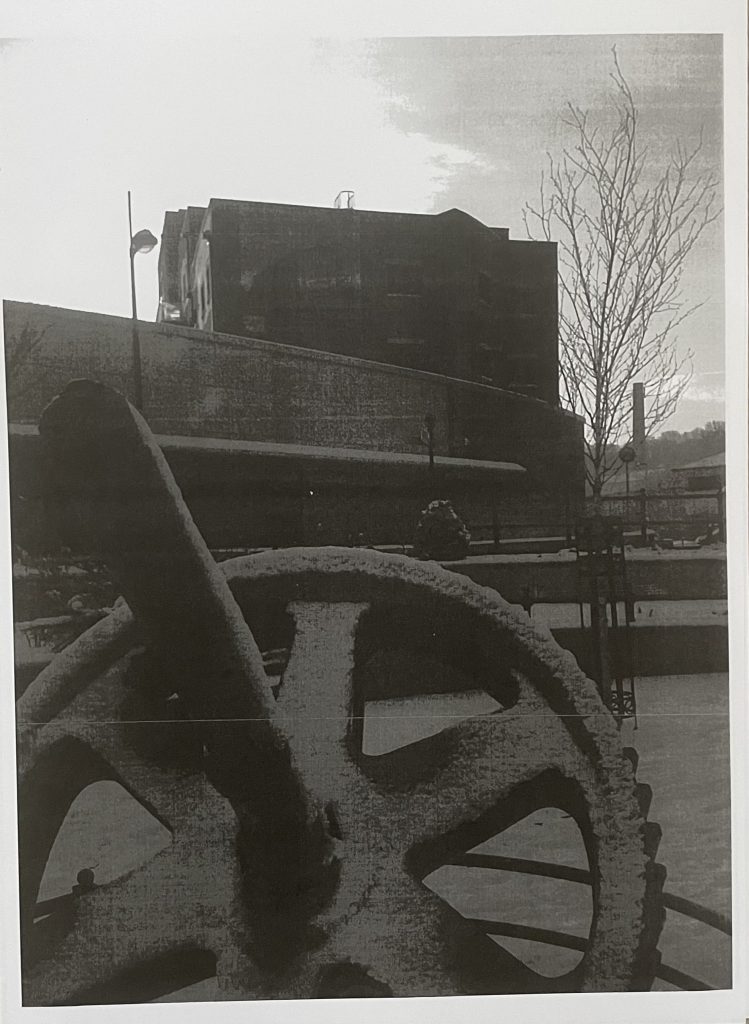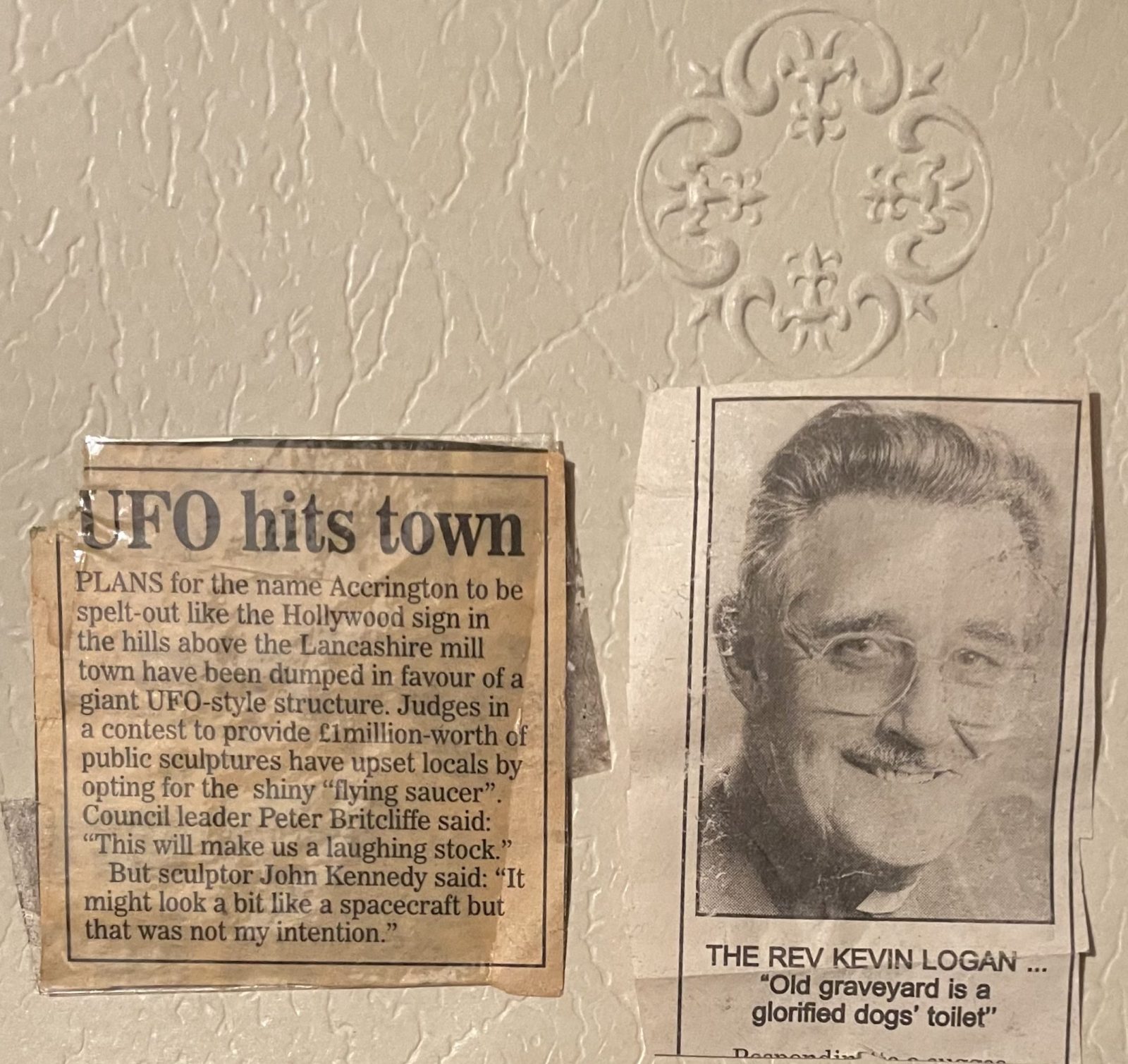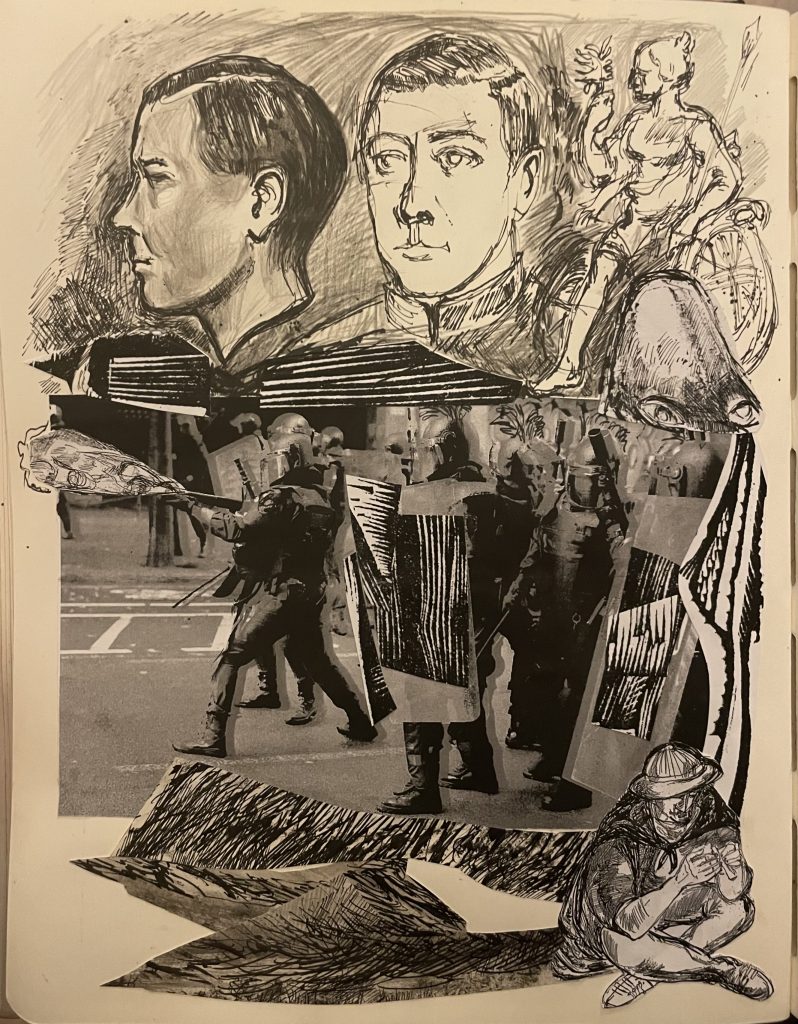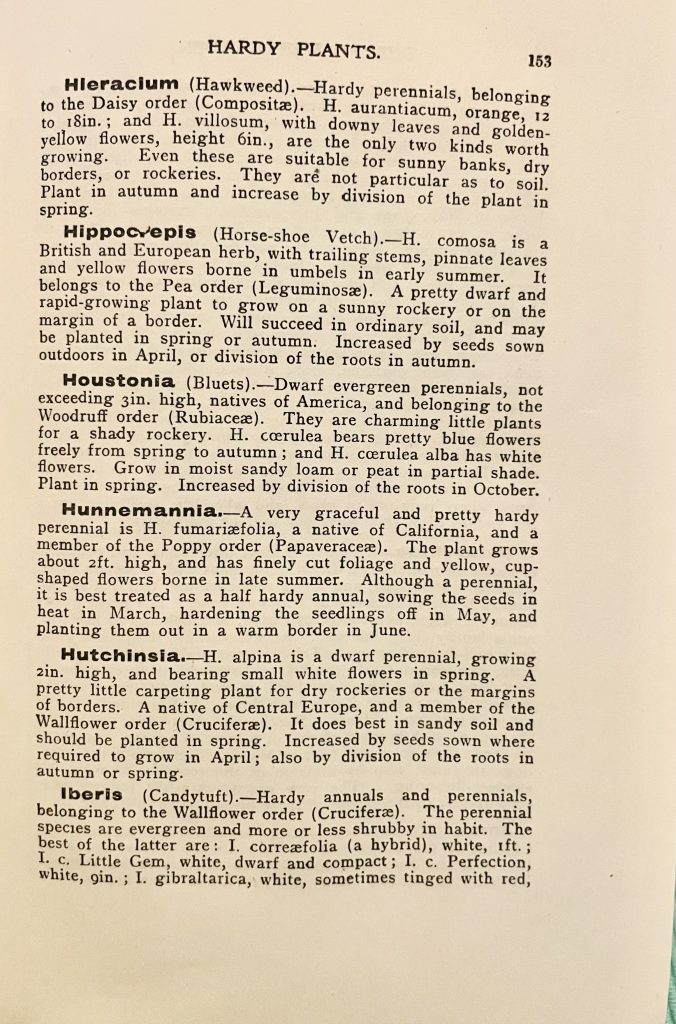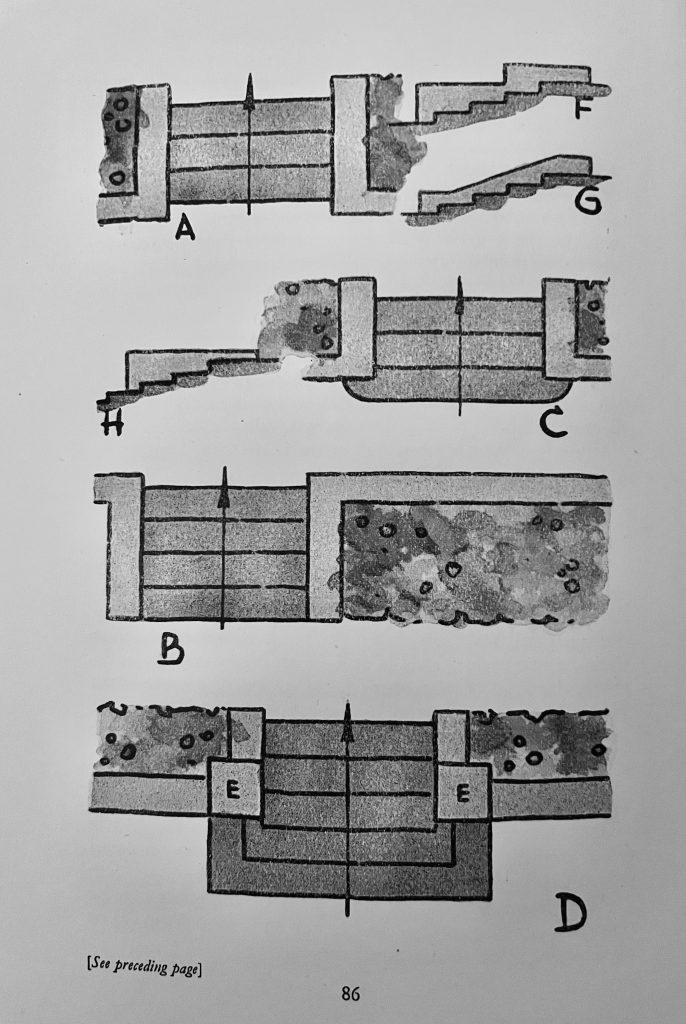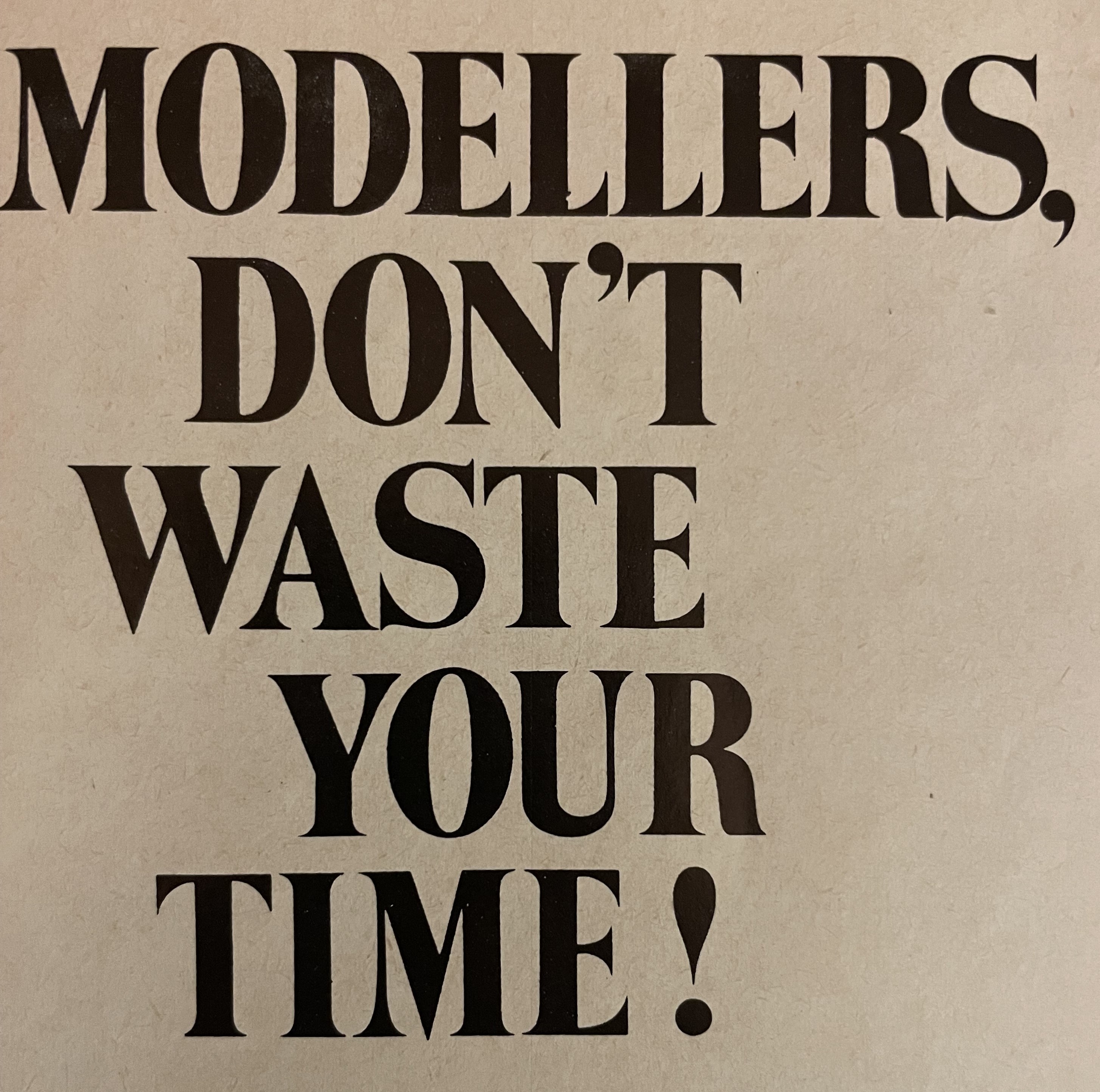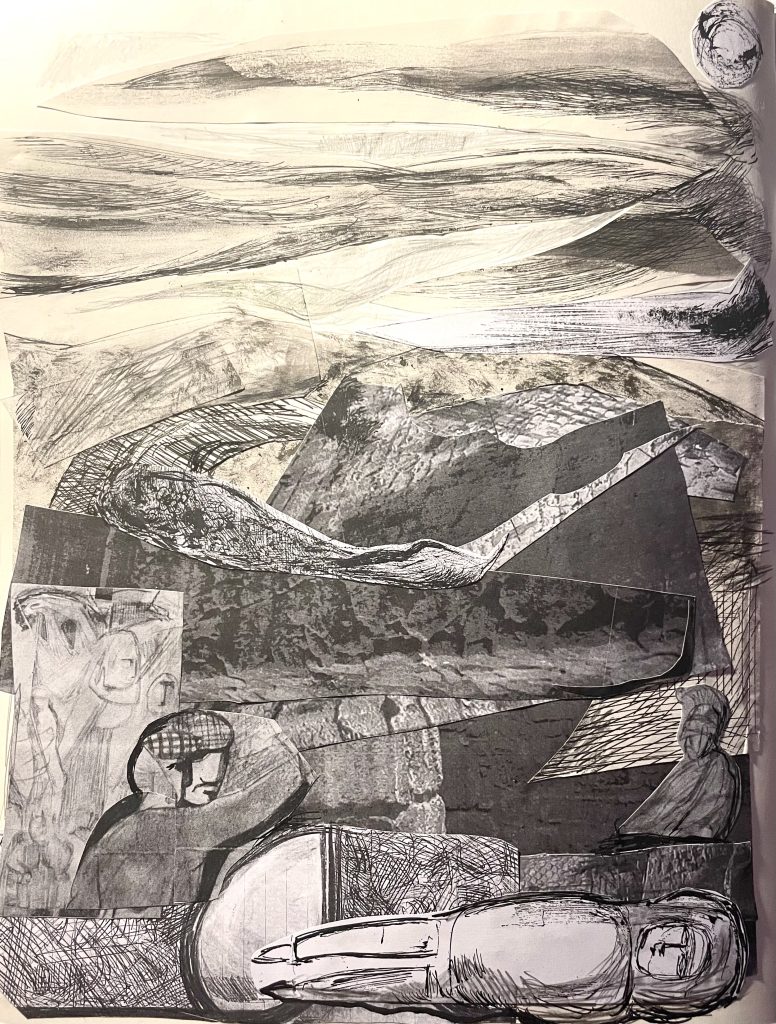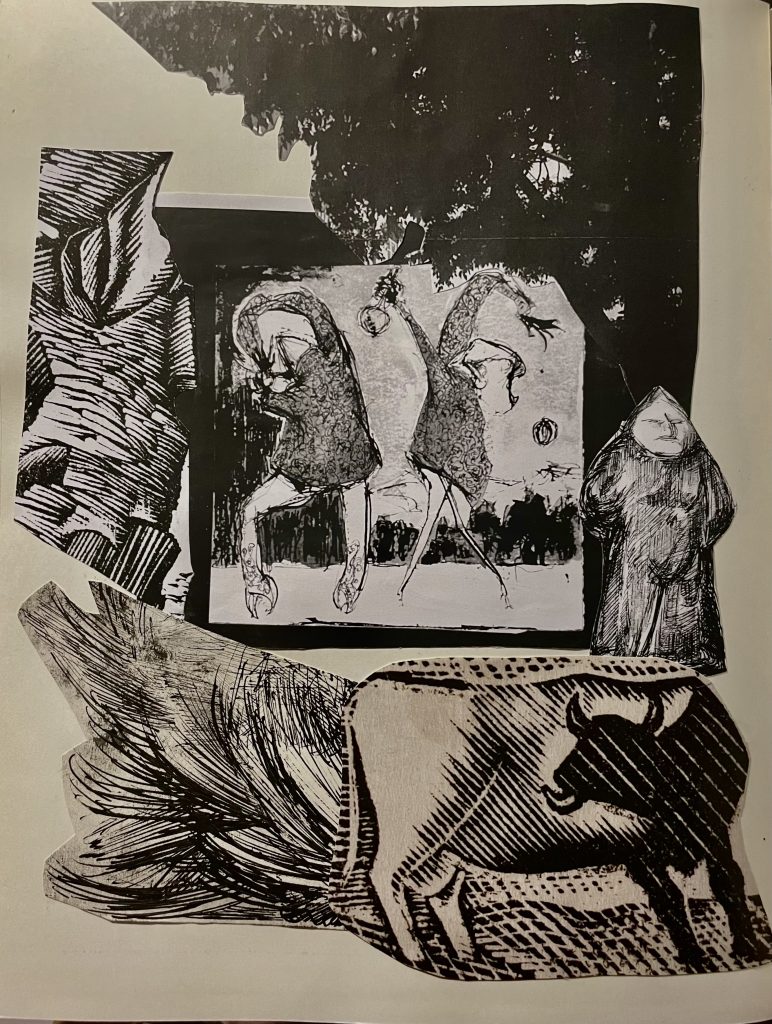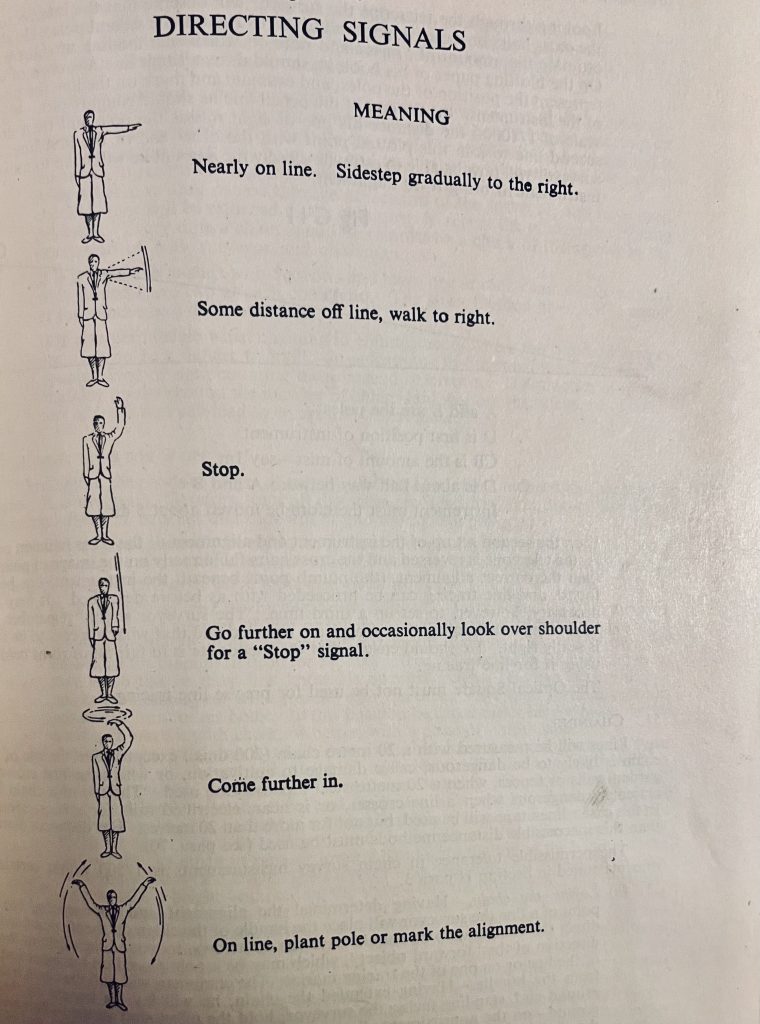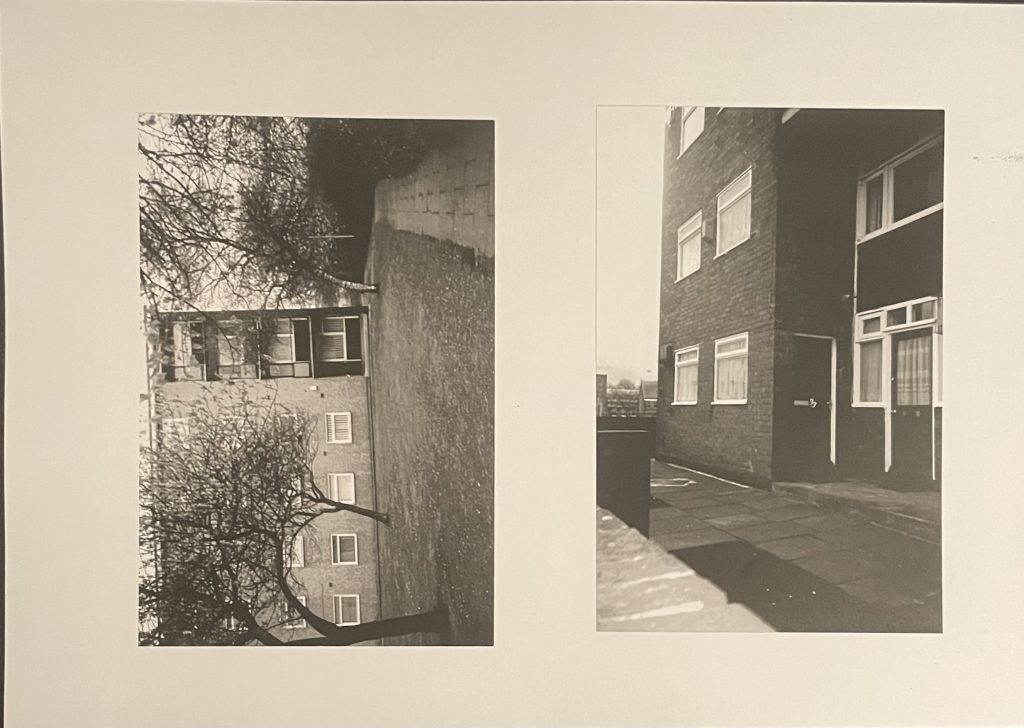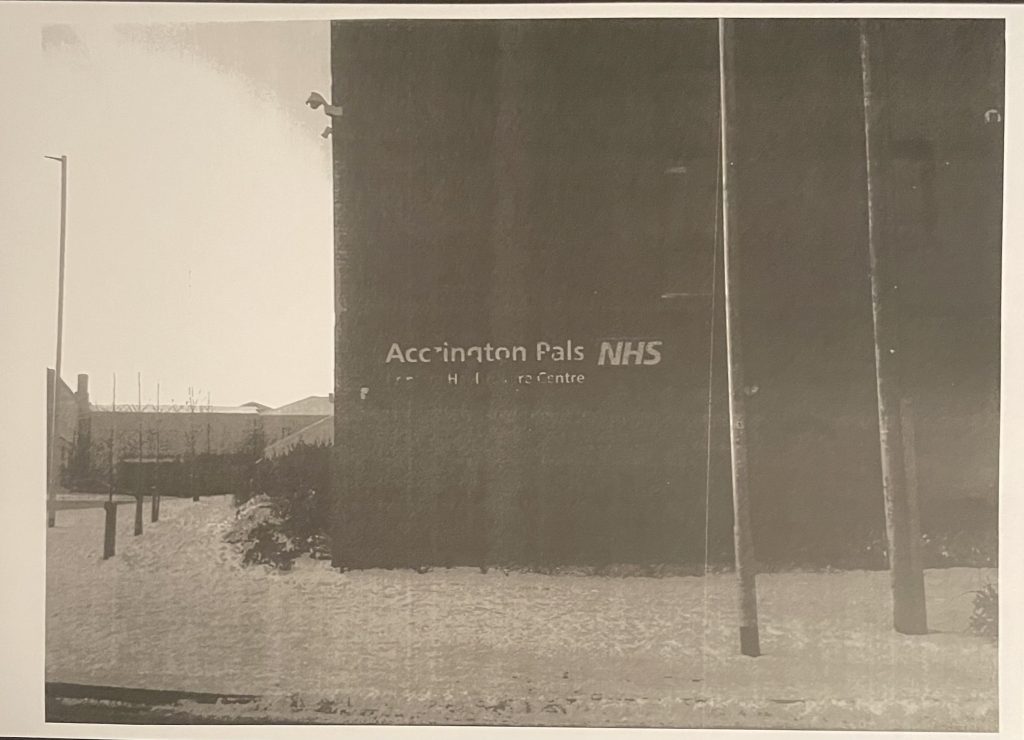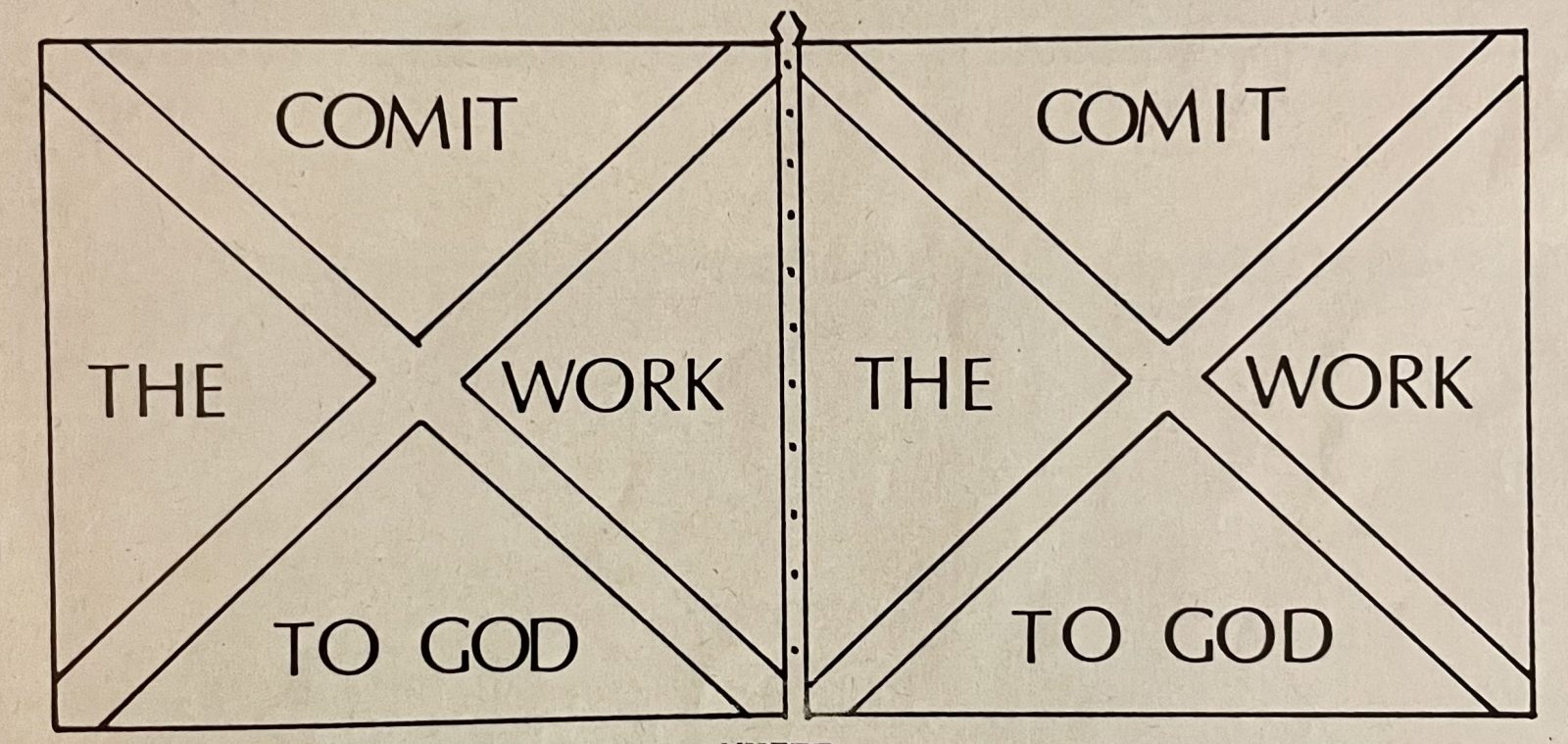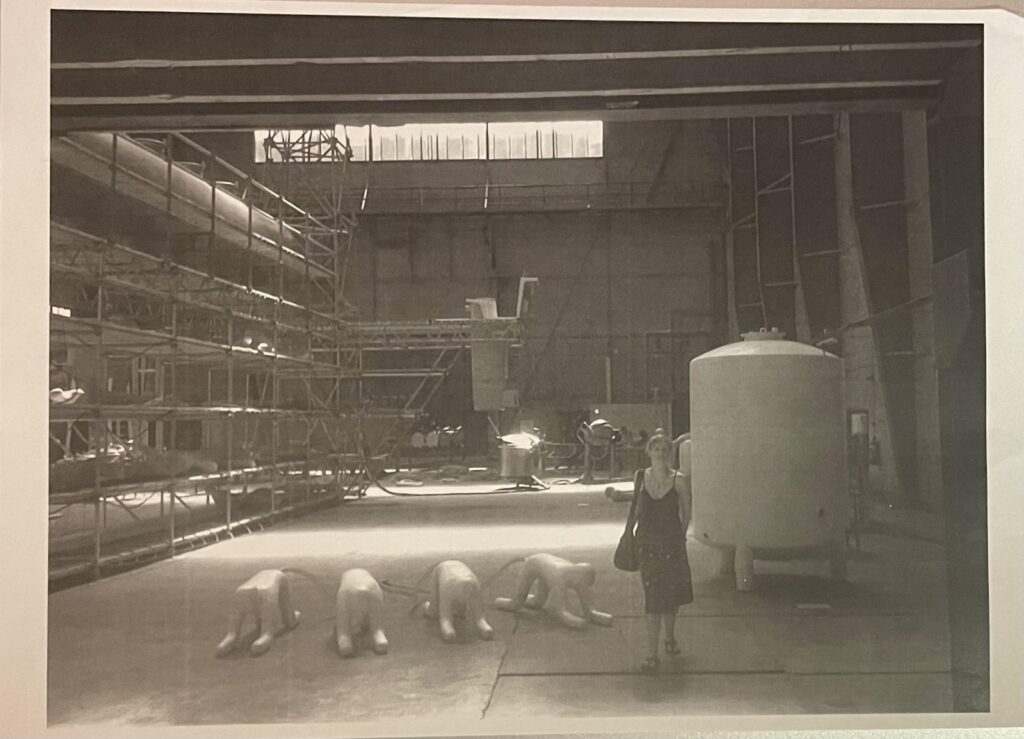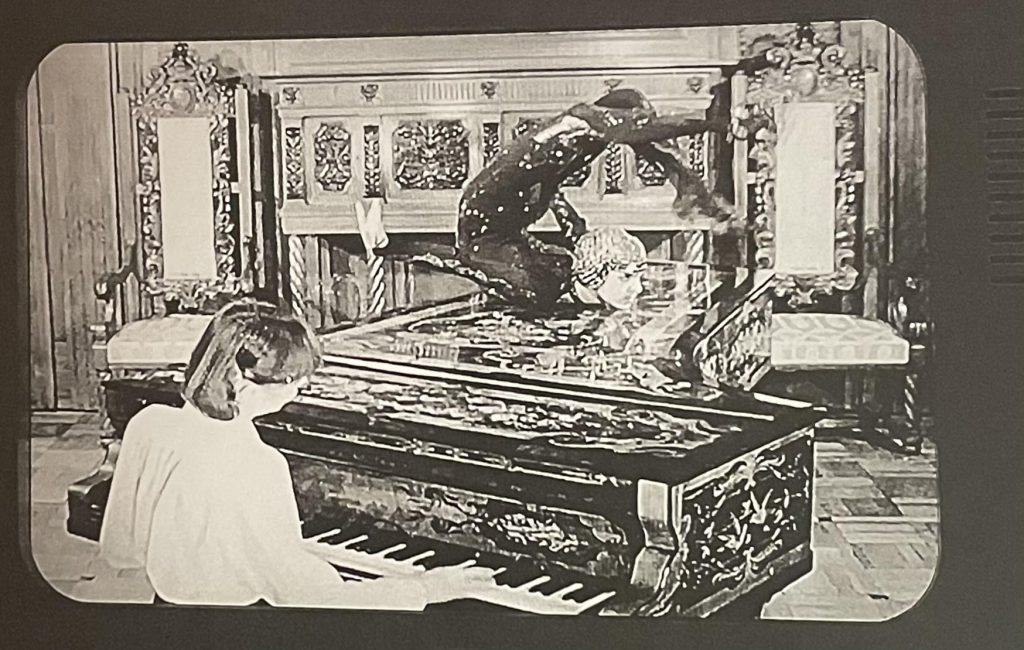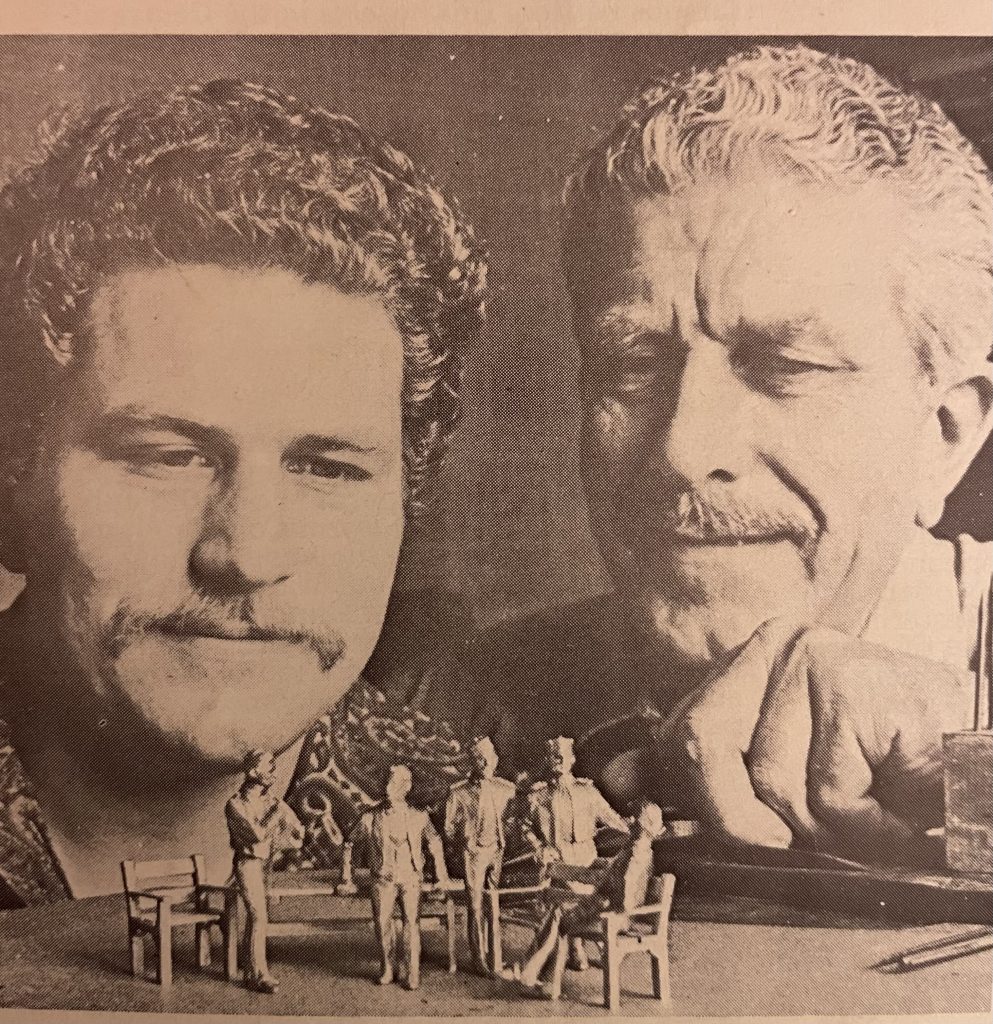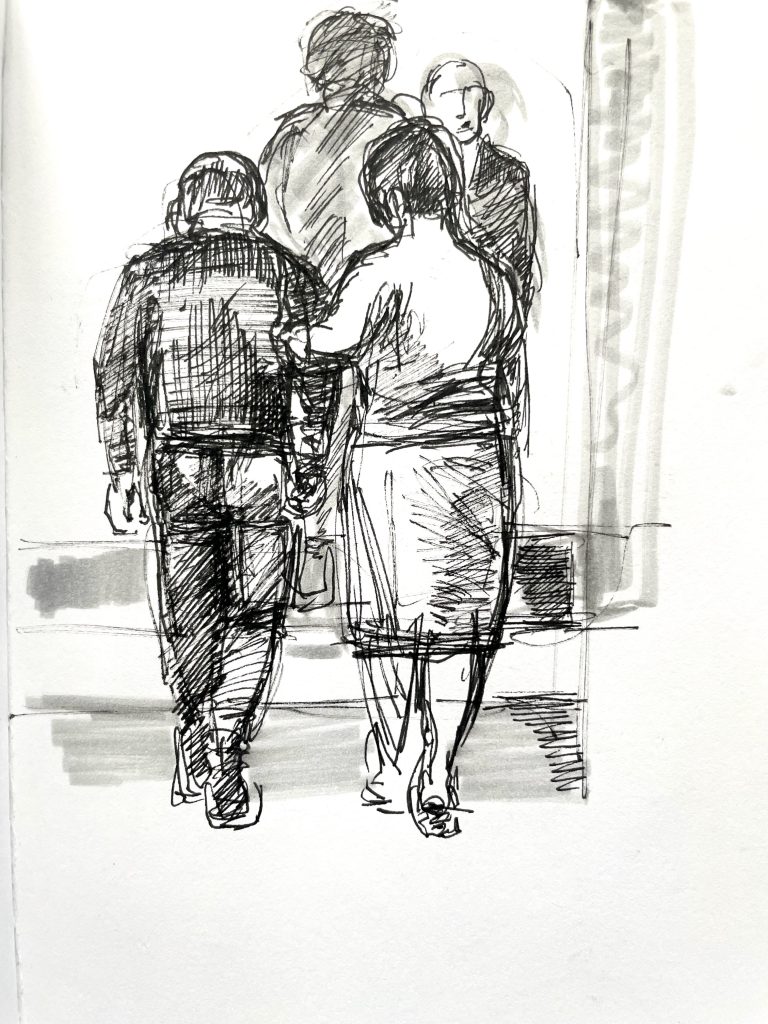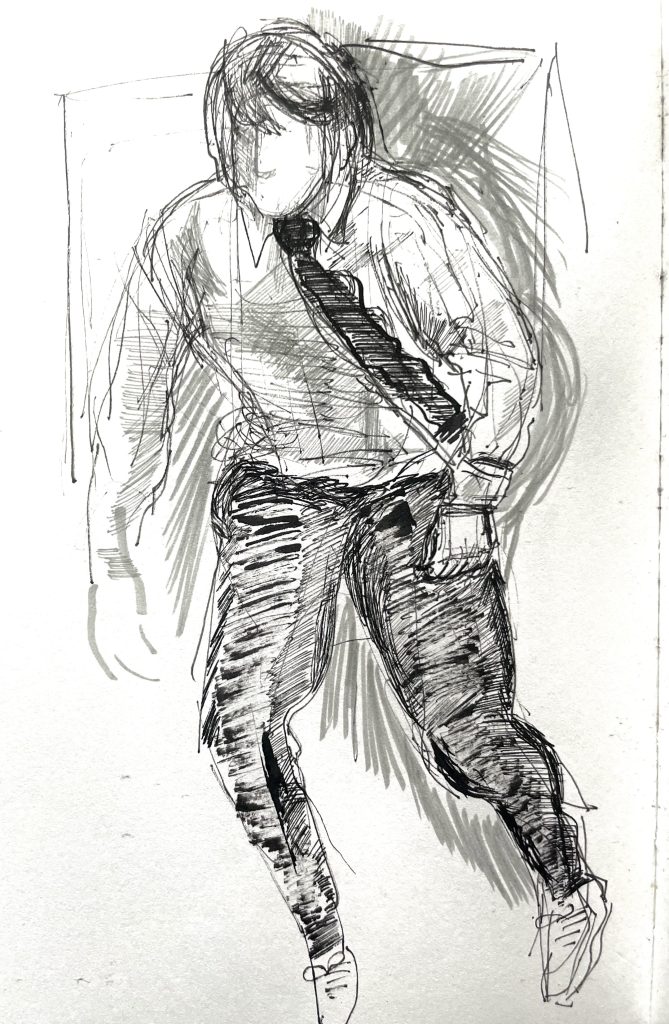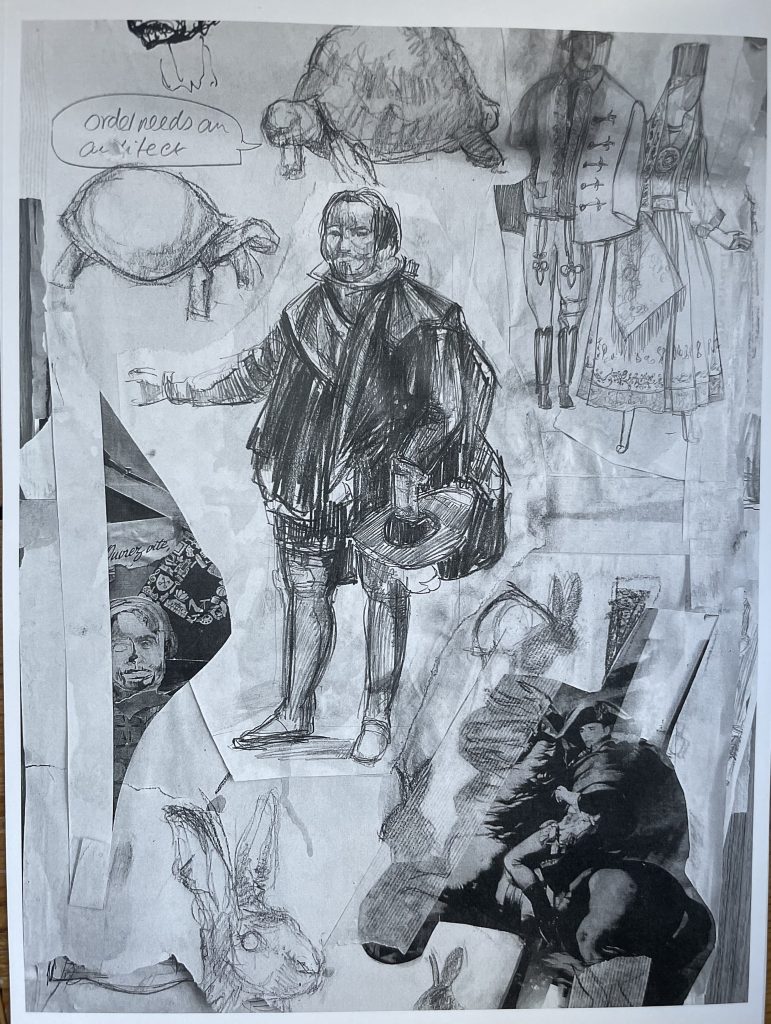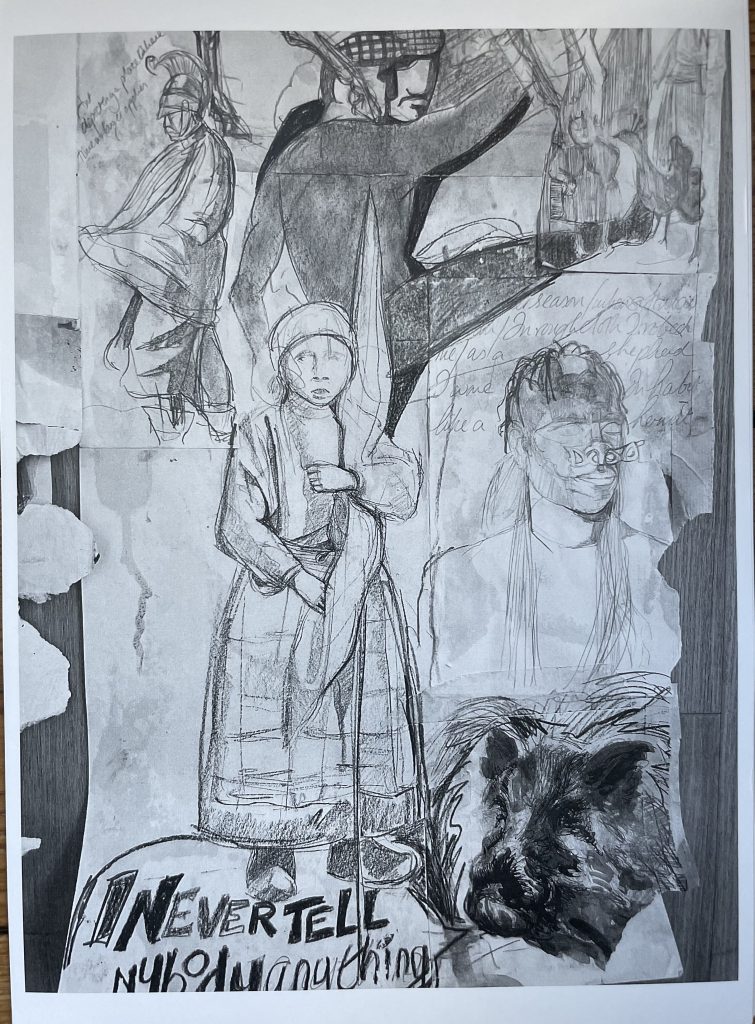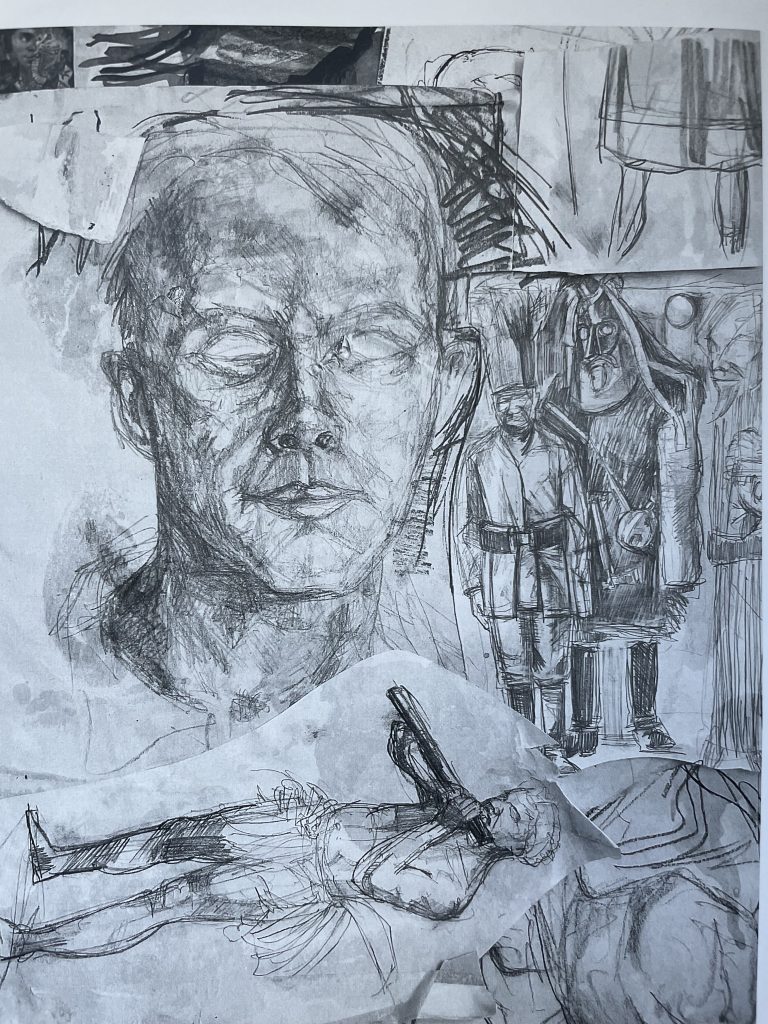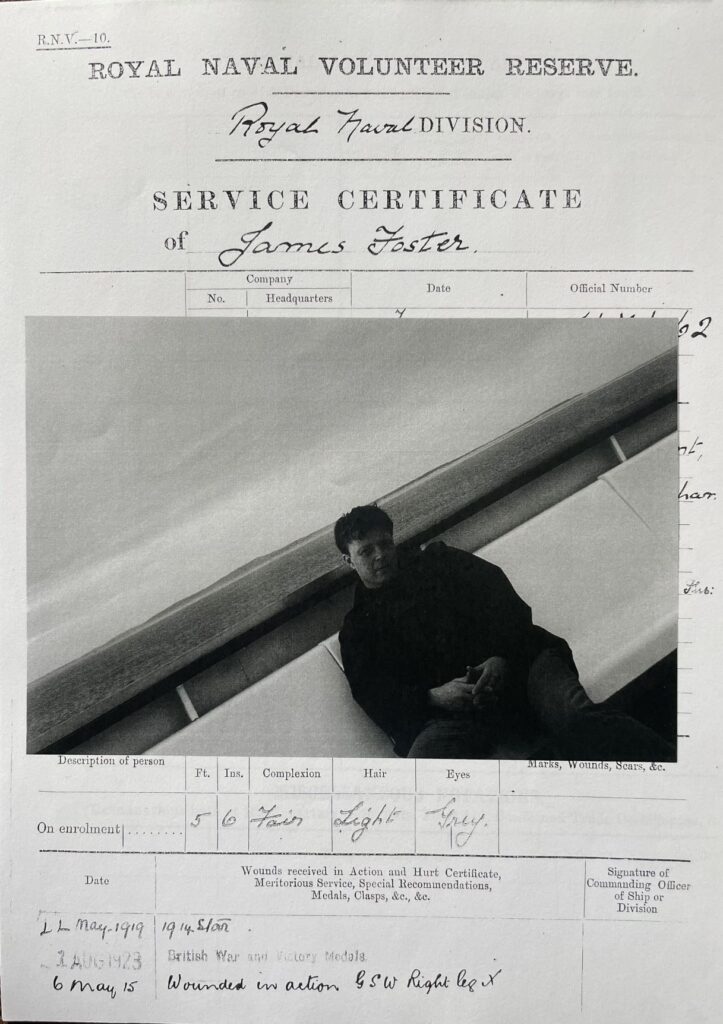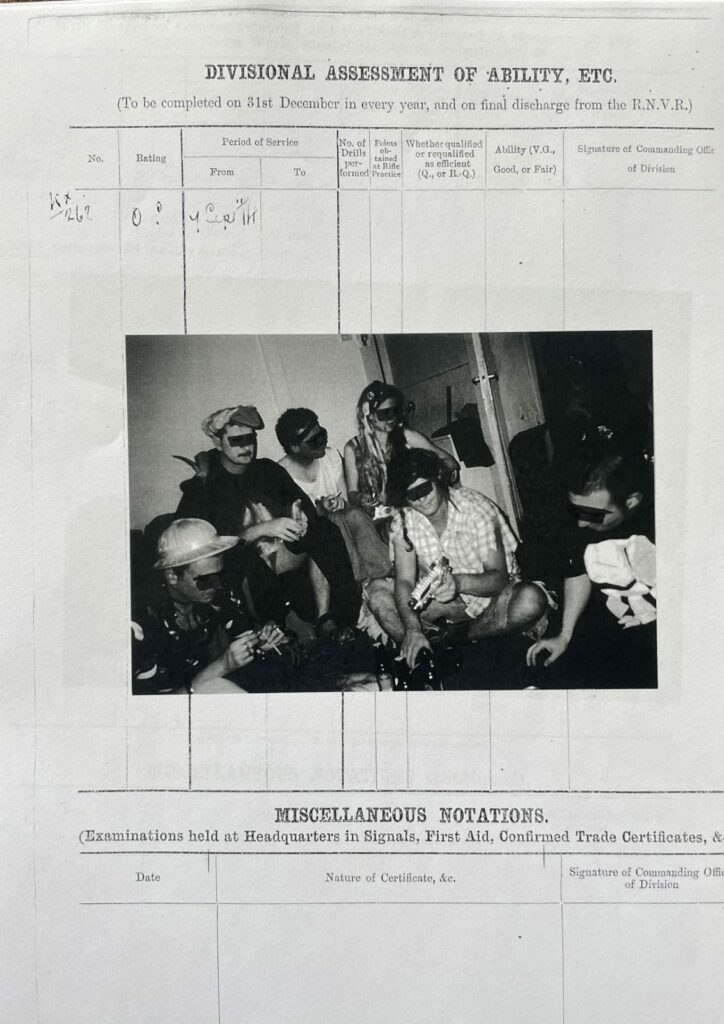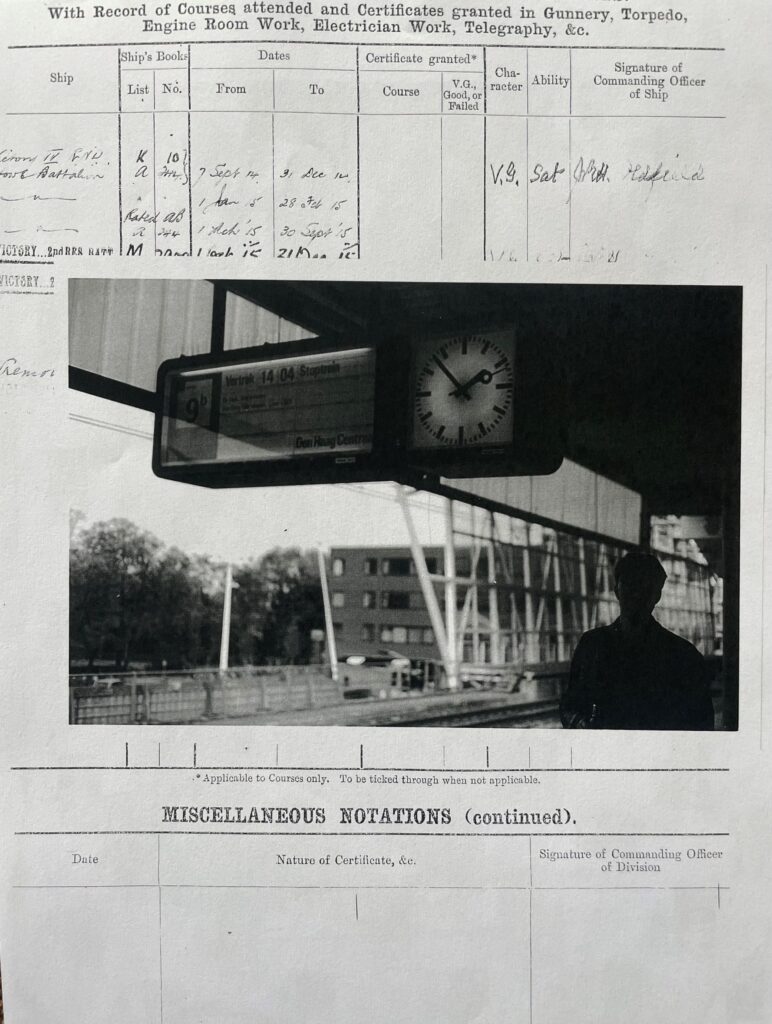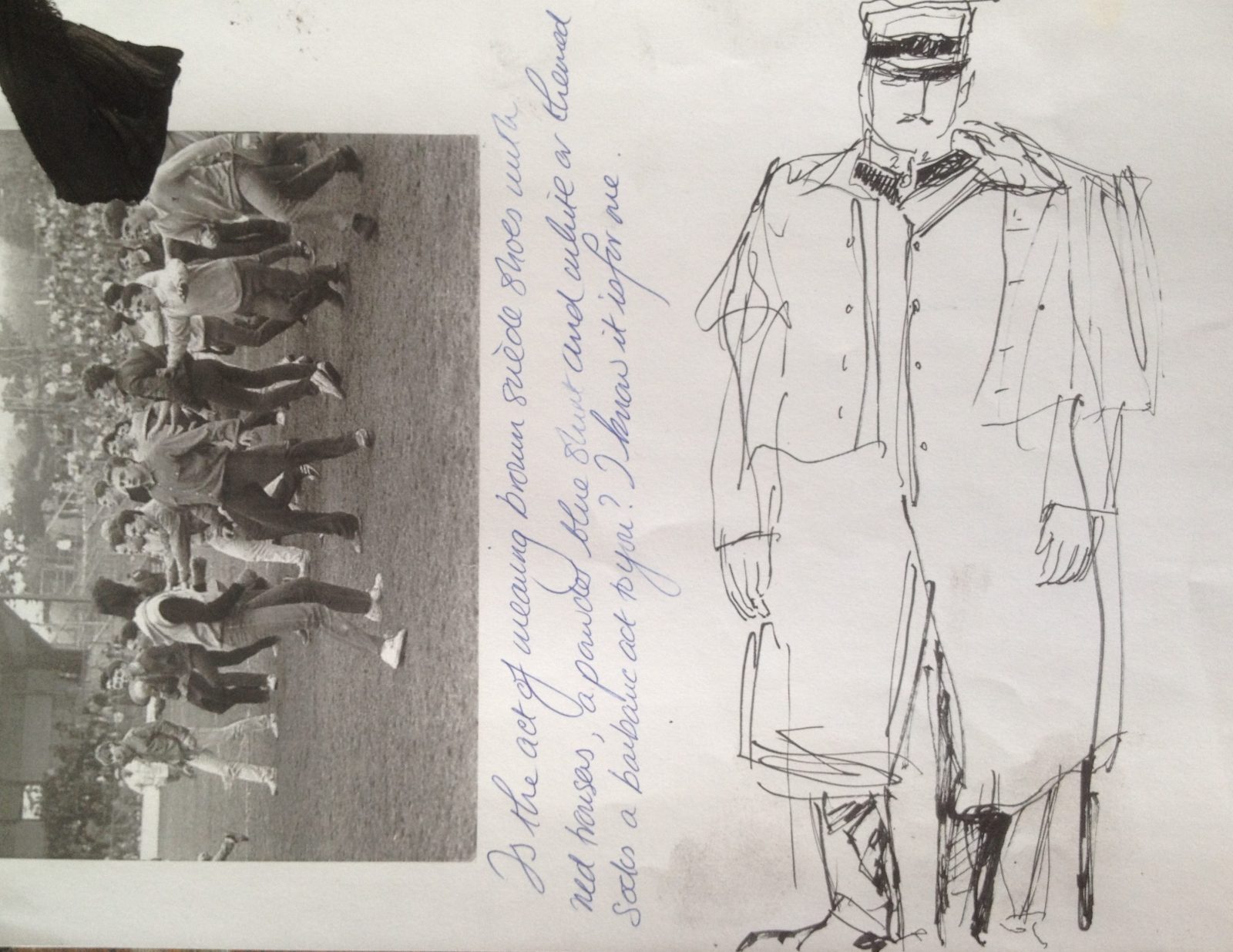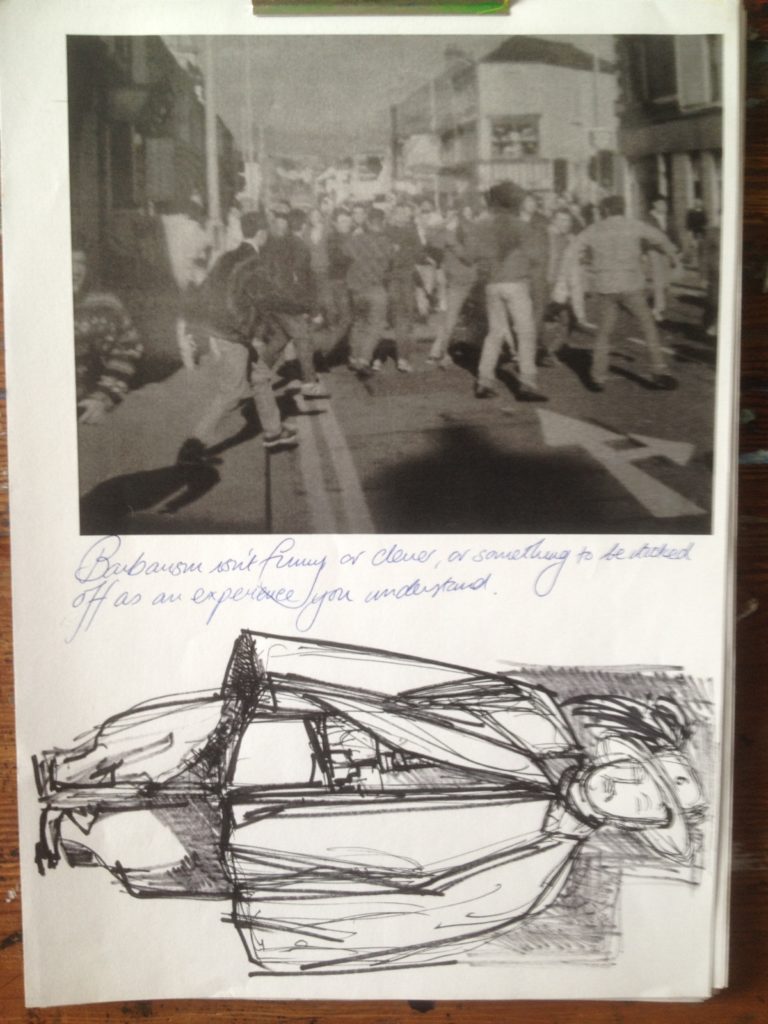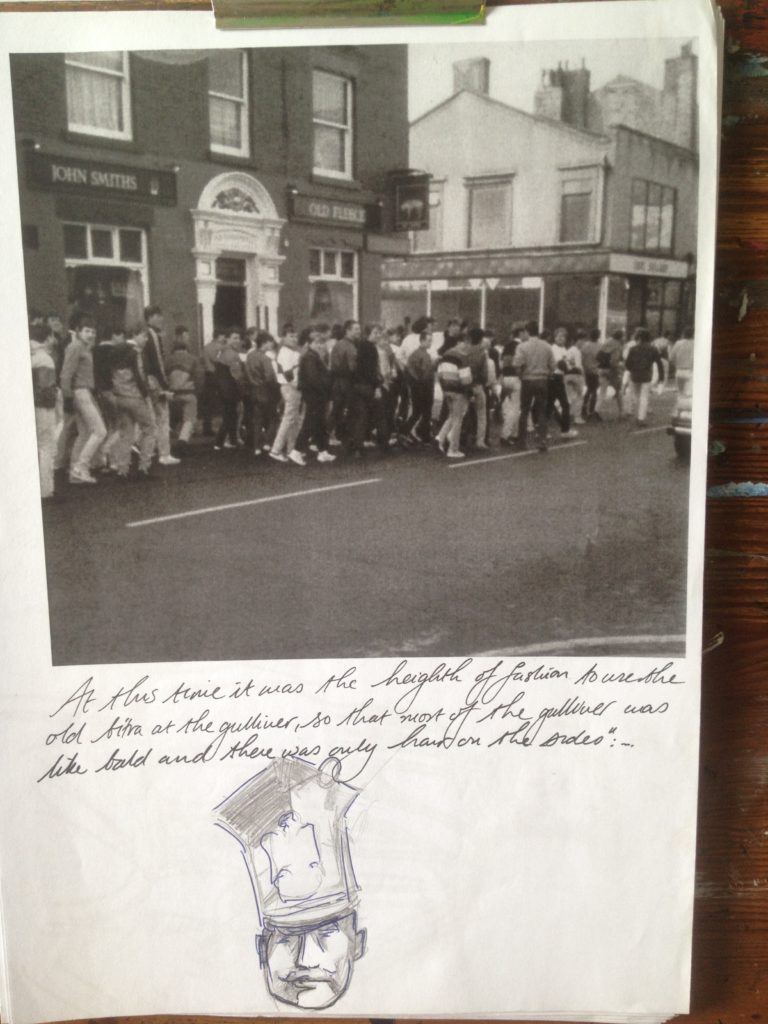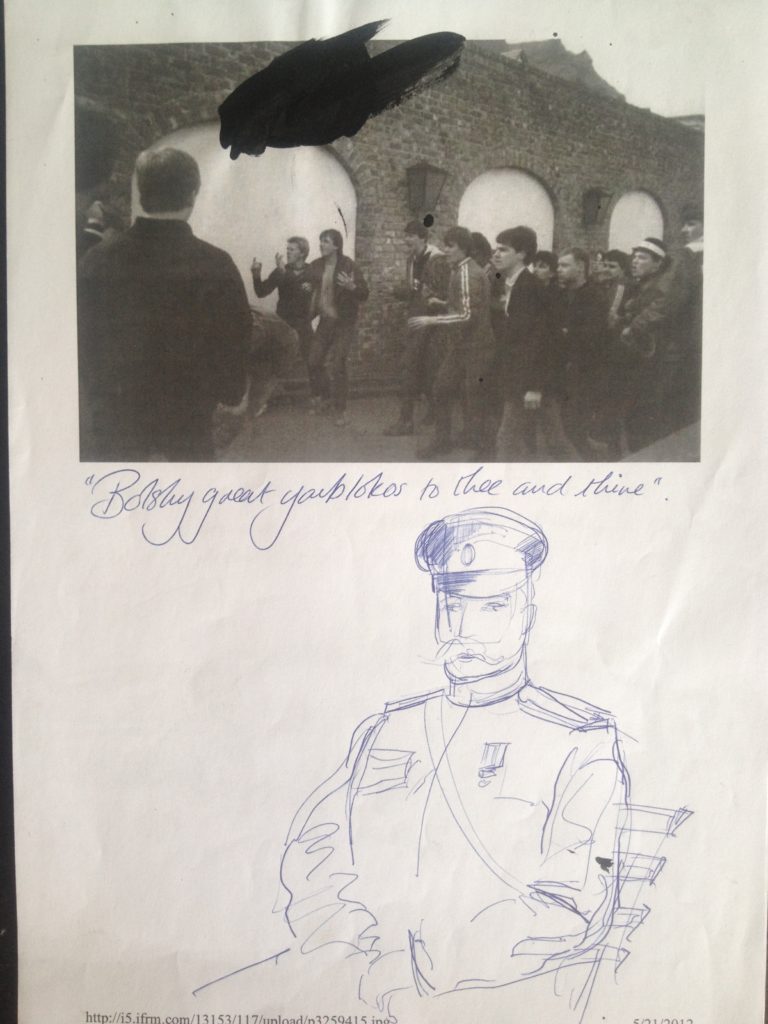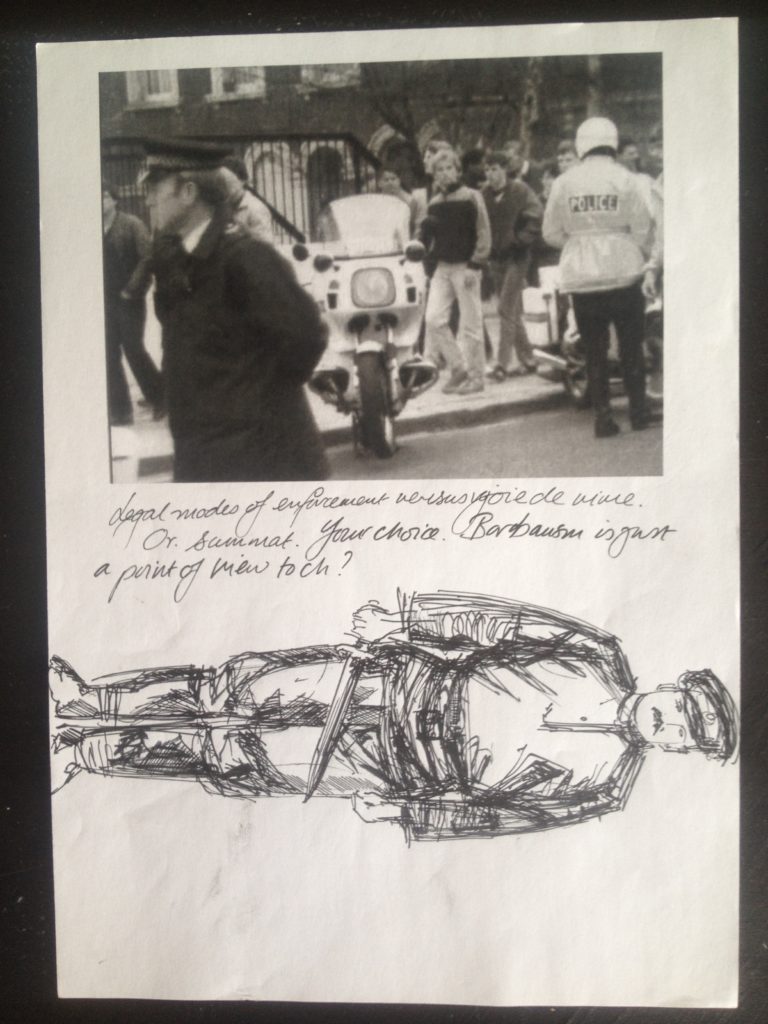Local decisions are important in the game of PINS. That’s where most decisions are made, locally. You can learn more here. For now, here are some photocopies to help you make your very own local decision.
Category: Fellingmania
PINS – Rule Nine: Move 2 – That Which Cannot Be Altered
Things cannot be fully explained because it’s Move 2, which as the rules shown in Rule Eight state, “cannot be altered, except by Pin and Local Decision.”
In order not to alter anything we advise you to read Rule Nine. And peruse the following photocopies in case you need further inspiration.
PINS – Rule Eight: Moving – But Where?
Order needs an architect! Last time we were worried about orders . But a newly discovered photocopy in the archive tells us that we have moved. So: we do know we have moved. But what have we moved? And how, or where?
Here are some photocopies to help you know where you have moved. Good luck. And remember: Cliff Richard never got as far as Wakefield.
PINS – Rule Seven: Write Out More Orders
In rule seven we are told that we have three more orders to write out, that are placed on a table and then turned over. They then become moves. Even though rule six says we have two full moves, with no objectives. It’s all very complicated. Never mind. Here are some photocopies to help us on our way in writing out these orders.
Maybe we need something more outré.
PINS – Rule Five: What is a Unit?
A unit can be many things, as we say in our explanation to what a unit actually is. And to be honest, we don’t really know either. Here are some images you can photocopy and use to make up units of your own, or maybe inspire you to find similar things.
PINS – RULE FOUR: WRITE OUT ORDERS
According to the photocopy that shows the rules, we have to write out orders for each move for each unit – “without a clue to the objective.”
In writing orders and ignoring objectives, we must remember the second Golden Rule of the Buddha, or consult Old Moore’s Almanac, or at least, Shurmer’s Official Guide of Hyndburn. None of these can be found in the Yellow Pages.
PINS – RULE TWO: FINDING SOMEONE
Do you remember the Beginning? No? Never mind. The second rule-post says we need to find someone, to tell the C.O.s to do something. Remember what or who the C.O.s are? No? Never mind. We should find someone.
I know this is difficult. There are so many people to choose from.
Maybe find someone who knows about
Aquilégia
Alb
Agrimony
Adónis
Actǣa
Anis
Átriplex
Acontíum
Aira
Coaming
A Twitch on the Thread
What does time teach us? Placing remembrances of time over the detritus of other times doesn’t bring much it seems, except more confusion. Who knows? Beware those with answers.
Futbol Moderne #2
Football has always kindled a creative spark for me. I remember very little about my first games from the 1970s but can vividly remember the atmosphere of pent up rage, hard-bitten humour and machismo. And the “Fauvist”, iridescent green of the pitch.
When young my love of football also found expression through my obsession with kits from the 1920s and 1930s. Why, I wondered, couldn’t the 1970s footballer wear the (to me) much more elegant styles of the inter-war years? During the same time (1977-1983), I was engaged in painting the “Lace War” armies of the C18th Austro-Hungarian Empire. This venture got out of hand very quickly. Somewhere in my parents’ loft marches every regiment that fought at Waterloo (Airfix HO/OO scale figures) and a fair number of figures depicting the terrible opening battles of the First War.
During 2011-12, I returned to examine this thematic link, discovering that there may be more in it than my pre-adolescent whims let on. These are sketches from a day long “draw-in” in Leiden’s then un-renovated Scheltema. The day also saw me down a crate of ale, with the aid of a cheese sandwich. The uniforms are those from all combatant armies of The Great War.
Futbol Moderne #1
The 1970s and 1980s were the era where I began to watch football matches in Lancashire and the North East. Initially accompanied by an adult (a pal’s dad, my dad or my granda) during the mid-to-late 1970s, I attended my first games on my own around 1984, with my first serious away trip being spring 1987 to watch Newcastle United play Manchester City at Maine Road (0-0 if you must know). Football has always kindled a creative spark for me. I remember very little about the actual games from the 1970s but can vividly remember the atmosphere of pent up rage, hard-bitten humour and machismo. And the “Fauvist”, almost giddily bright splash of green of the pitch. This somehow opened up a feeling I could only express through drawing.
During the same time (1977-1983), I was engaged in painting the armies of the C18th Austro-Hungarian Empire in full; specifically that which had fought during the later Wars of the Spanish Succession (covering 1740s-1760s). Somehow that dovetailed with obsessively drawing footballers from the 1920s and 1930s. Football history was a subject that, back then, was often ridiculed by my increasingly “casually-clothed” peers.
During 2011-12, I returned to examine this thematic link, discovering that there may be more in it than my pre-adolescent whims let on. These are sketches from a day long “draw-in”(accompanied by a crate of ale, which was polished off day-tripper charabanc style, with the aid of a cheese sandwich). The uniforms are those from all combatant armies of The Great War.
